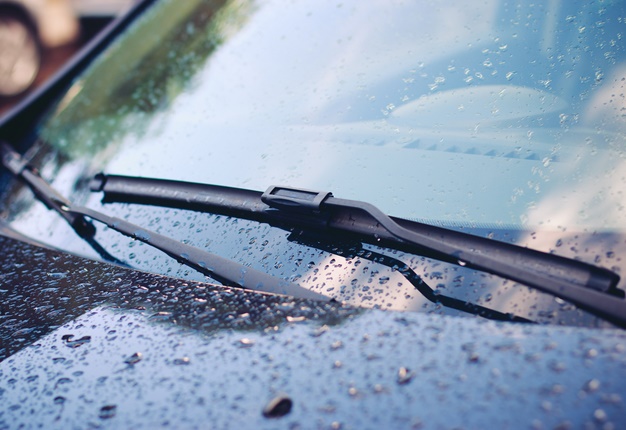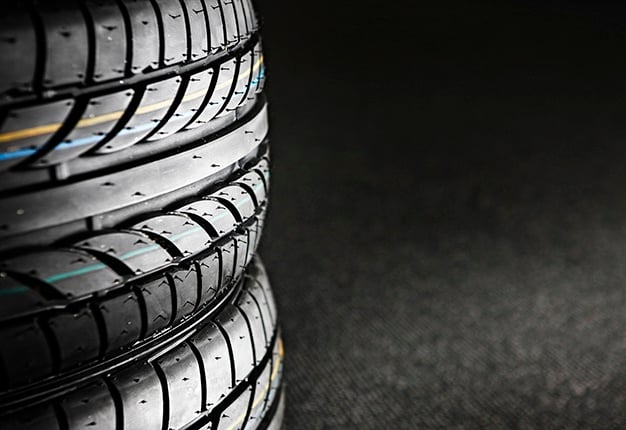With severe thunderstorms and heavy rain hitting the country recently, and with more thunderstorms forecast for the week, you should take special precautions to keep yourself and your car safe. The Highveld's legendary thunderstorms often lead to a spike in accidents and losses – but there are several ways to reduce your risk and exposure.
Flash floods can occur in an instant, and even though you might be prepared, and follow safe advice, there are times when the weather can be vicious and you need to think on your feet.
If you see a flooded road or a massive water over-flow, don't attempt to calculate its depth and risk driving through it, damage to your vehicle will be inevitable. If it is safe to do so, turn around, or find an alternative route if possible.
READ | Tuesday's weather: Thunderstorms expected in several provinces
Here are some tips to keep yourself and your vehicle safe in dangerous weather:
1. Know when thunderstorms are on the way
Staying up to date with the latest weather forecast has never been easier: simply turn on your weather app notifications before planning a trip or a commute. Or, if you're old school, stay tuned to the weather reports on the radio or TV. Then try and stay off the roads, if at all possible. Driving in a storm is risky and no fun.
2. Park your car under cover
Insurers see hundreds of claims for hail damage every year. The simplest way to avoid hail damage is to park your car in your garage, or under a carport. If you don't have covered parking, you can use a car cover, or even a blanket, to minimise damage and protect your car's most exposed surfaces, like the windscreen and bonnet.
3. Find a safe place if you're caught in a storm
If a severe thunderstorm starts when you're on the road, stay calm, and use your GPS to get you to the nearest sheltered spot as quickly as possible, like a petrol station or an underground parking area in a shopping centre. A tree doesn't count as a safe place, as falling branches and debris can damage your car. And stopping under a bridge on the highway in the middle of a storm is neither safe nor advisable.
Image: Getty Images
4. Make sure your wipers are in top condition
In case you're caught in a storm, and there's nowhere to go, your best defence is proactive preparation. Get your wipers checked before rainy season starts, and use water repellent for your windscreen, to make sure your visibility is as clear as possible while you're on the road.
5. Check your tyres are storm-worthy
In rainy weather, water creates a tiny barrier between the road and your tyres, which means you can lose traction and hydroplane. Thousands of accidents happen each year because of wet roads, and your preparation starts with your tyres: make sure they have at least 1mm tread depth, and that they're inflated to the correct pressure, especially if your car hasn't been driven for a while.
Image: Getty Images
6. Don't skimp on your insurance
Despite our best efforts, stuff happens. Make sure that you have comprehensive insurance for your pride and joy, which can help cover expenses related to thunderstorm damages, such as flash floods and bumper bashes. Many insurers also have specific 'scratch and dent' cover at a super-low excess.
In short: prevention is better than cure. But when rainy weather hits, make sure you're covered, one way or another! Be safe out there.
Wynand van Vuuren is King Price's partner of client experience.




 Publications
Publications
 Partners
Partners

















